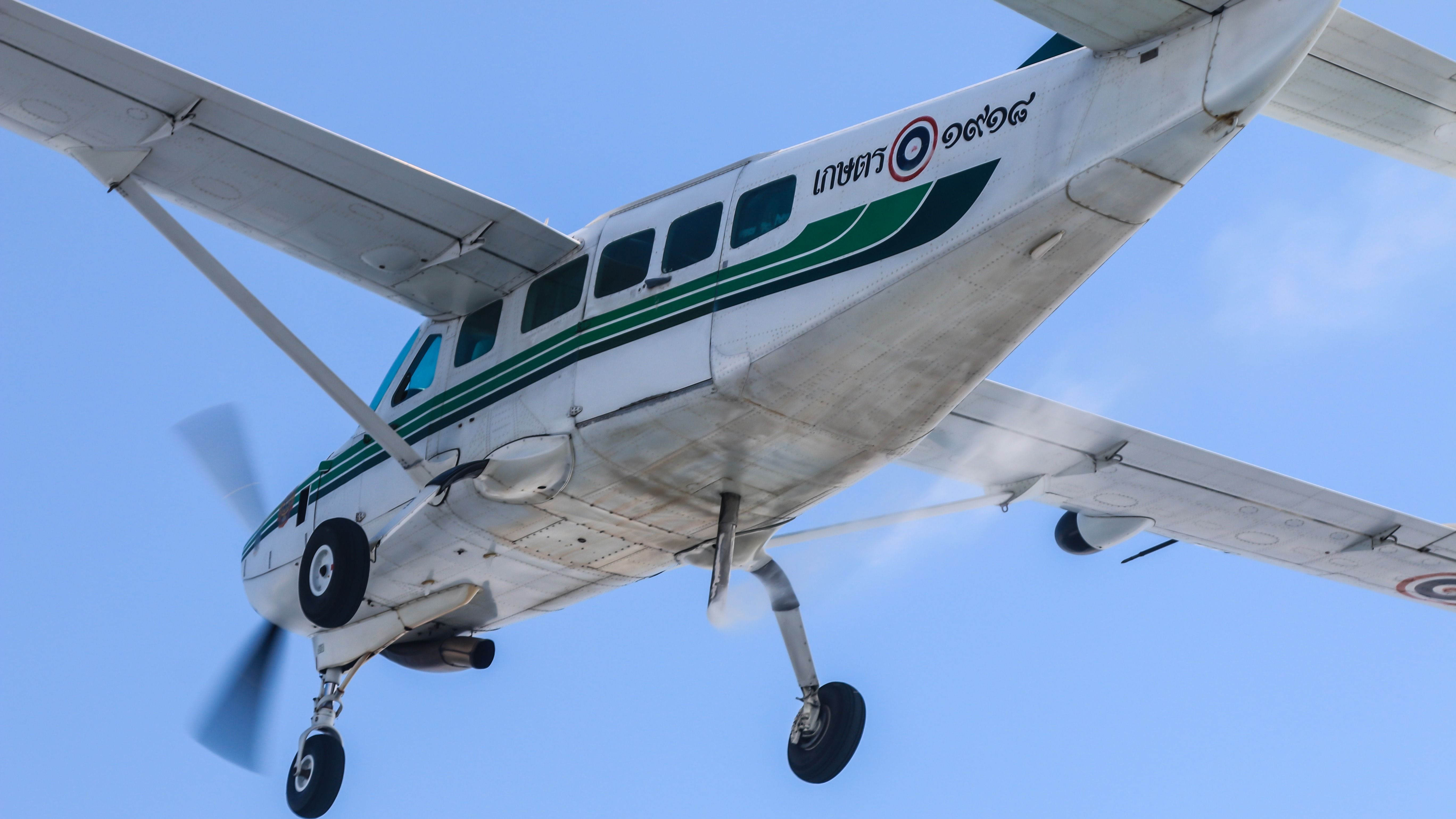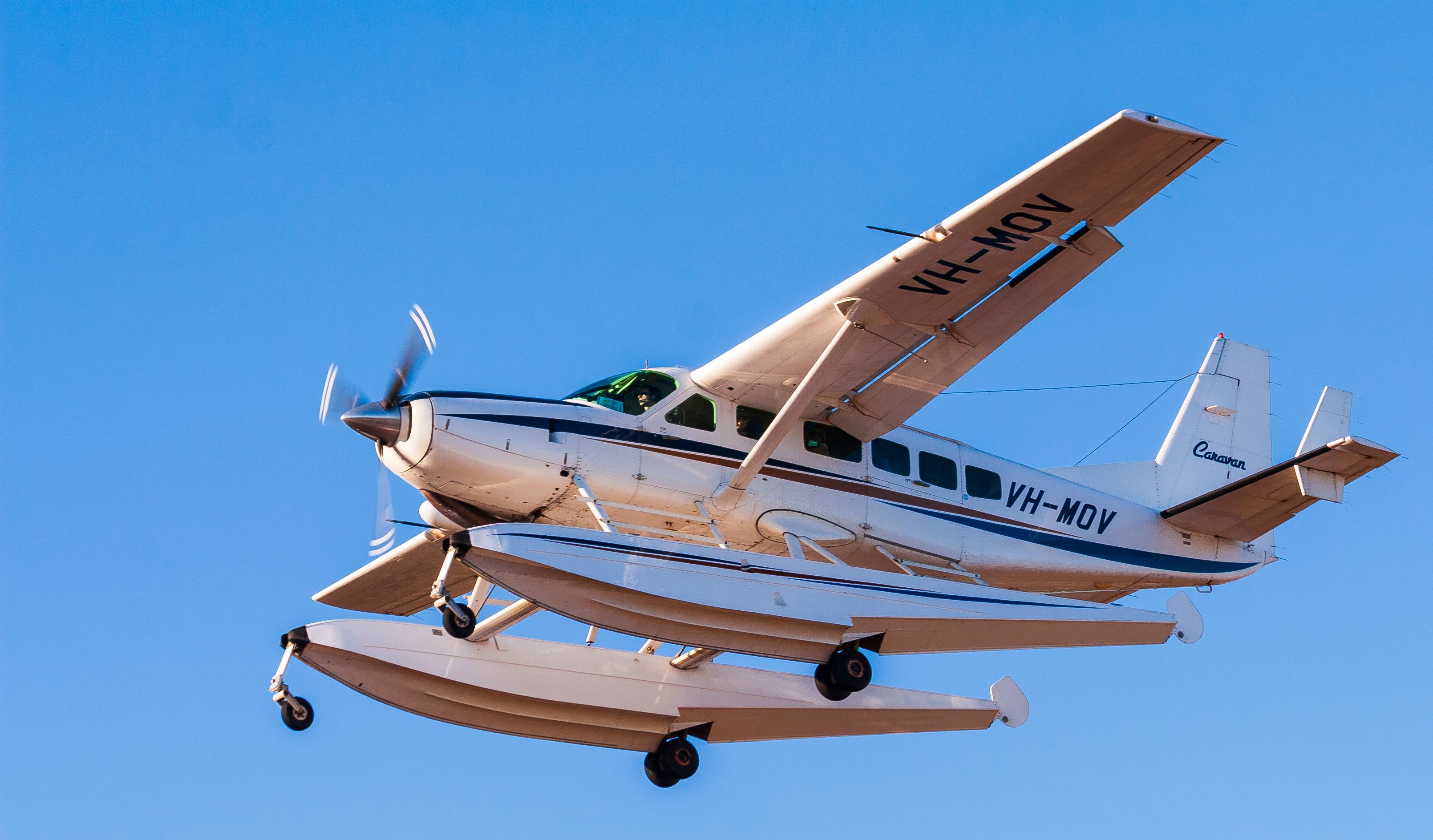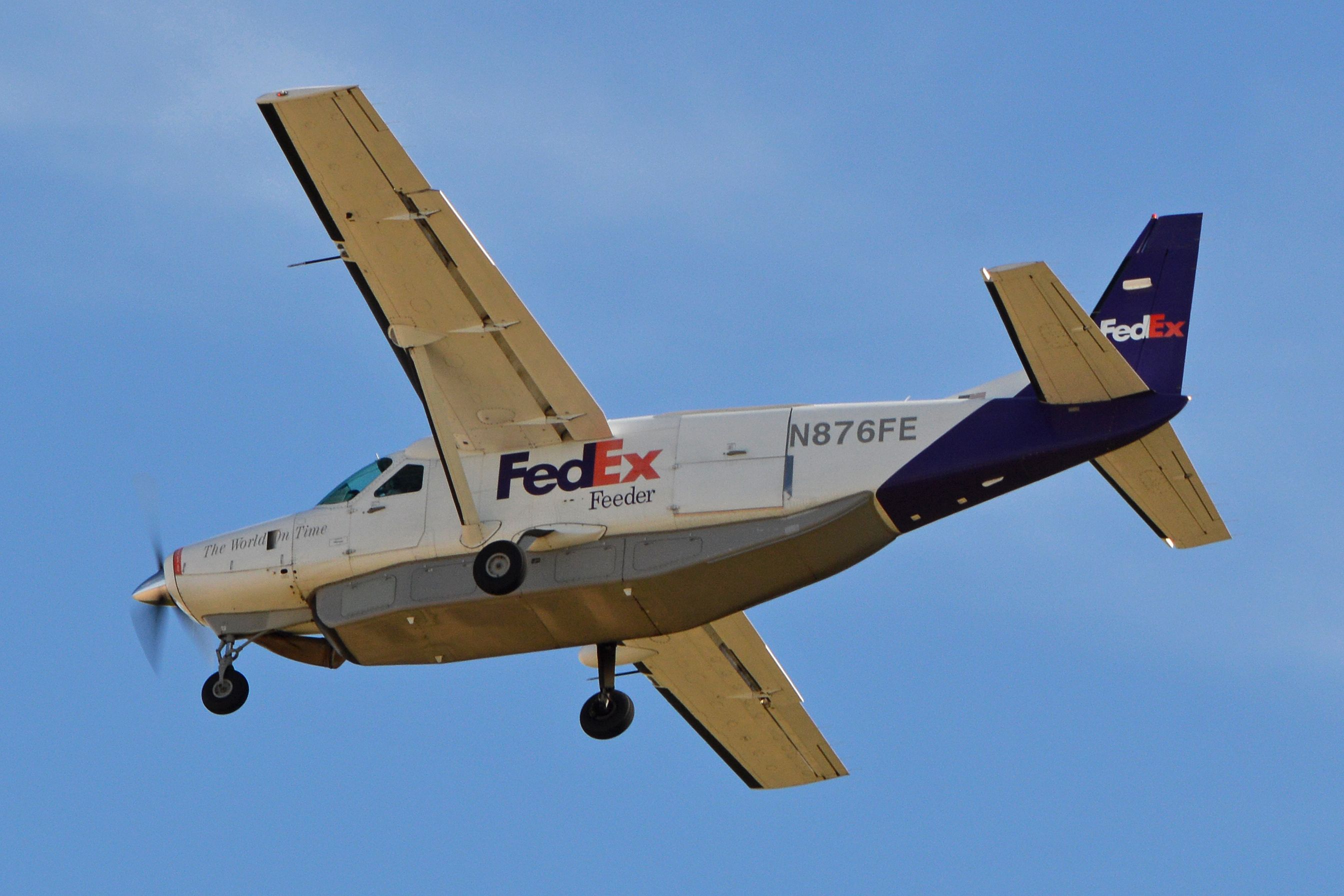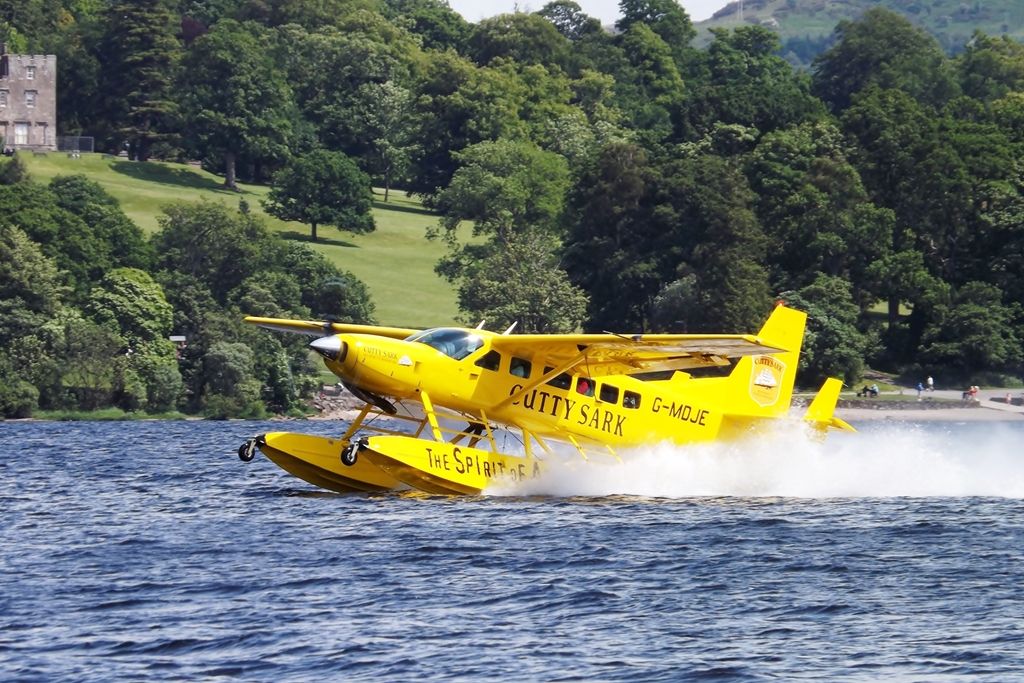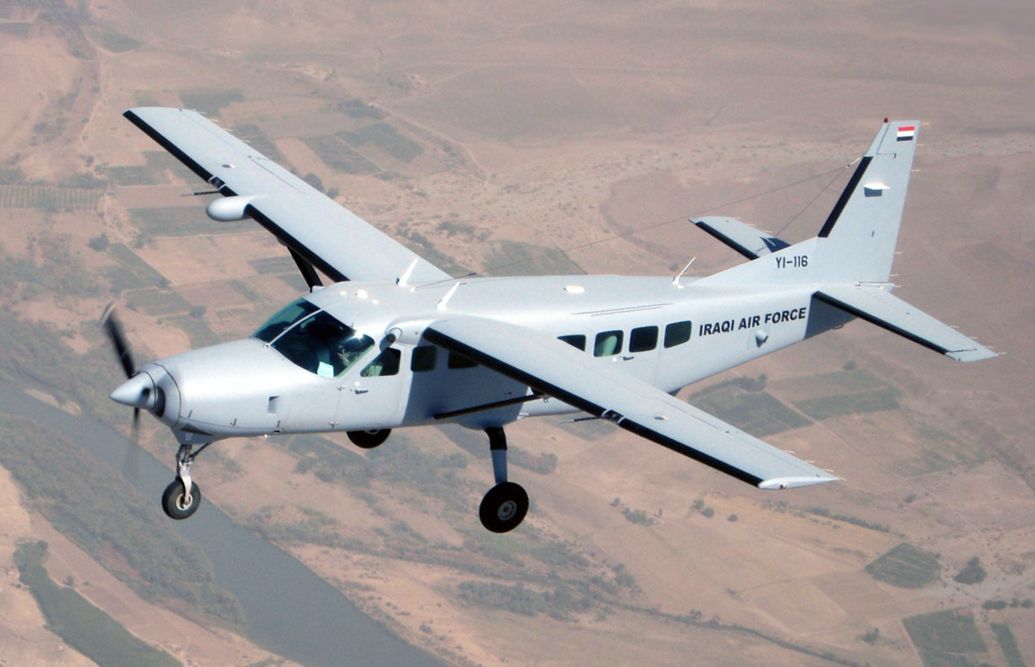In the early 1980s, Cessna wanted to build an unpressurized, single-engine turboprop that could be used for various purposes. It also had to be big enough to accommodate two pilots and nine passengers or carry a decent cargo payload. The Cessna 208 Caravan went on to take its first flight in December 1982, and since then, more than 3,000 have been delivered to customers worldwide, clocking up a total of over 24 million flight hours.
The finalized design was powered by a single Pratt & Whitney Canada PT6A turboprop engine mounted at the front. It also featured a high wing and fixed tricycle landing gear that could be fitted with skis or floats. But what are some Cessna 208 Caravan variants produced over the years?
208 Caravan & 208 Cargomaster
The first Cessna 208 Caravan variant was powered by a Pratt & Whitney PT6A-114 turboprop engine and could seat up to nine passengers. The landplane variant of the aircraft was approved on October 23rd, 1984, and its amphibious equivalent on March 26th, 1986. The original aircraft could also be built with a higher-power PT6A-114A engine, although this brought some operational restrictions.
At Federal Express's (FedEx) request, a freighter version of the aircraft called the Cargomaster also entered production. Developed from the original Cessna 208 Caravan, the Cargomaster is a windowless version of the original aircraft designed purely to carry goods. In total, 40 were produced and delivered to FedEx.
208B Grand Caravan & Caravan Amphibian
Four feet longer than the original Cessna 208 Caravan, the 208B Grand Caravan has a PT6A-114A engine. It was initially certified as a cargo aircraft in October 1986 and an 11-seat passenger aircraft in December 1989. Today, Azul Conecta is one of the largest passenger operators of the 208B Grand Caravan, with more than 20 examples in its fleet.
The 208B Grand Caravan EX was fitted with a more powerful 867hp PT6A-140 engine. Developed especially for the Cessna 208 by Pratt & Whitney, the new engine increased the aircraft's climb rate by 38%. The 208B Grand Caravan EX received its airworthiness certificate in December 2012. A freighter variant of the 208B series, known as the 208B Super Cargomaster, was also built by Cessna. FedEx went on to purchase 260 examples of the aircraft.
Cessna also manufactured the 208 Caravan Amphibian, which was fitted with floats and a retractable landing gear to allow for both water and land operations.
Military 208s & the electric-powered 208 Caravan
The US Department of Defense designated the Cessna 208 Caravan as the U-27A, while the Brazilian Air Force designated it as the C-98. Another variant, the MC-208 Guardian, is primarily used as an aerial surveillance aircraft and for medical evacuations.
A combat variant of the Cessna 208 Caravan fitted with precision-guided air-to-ground Hellfire missiles, known as the AC-208 Combat Caravan, was produced. The aircraft debuted in January 2014 with the Iraqi Air Force, while other combat versions have been sold to the Lebanese Air Force. Burkina Faso, Mali, Mauritania, and Niger hope to acquire AC-208s through the Foreign Military Sales program.
While electric-powered aircraft could be the future of flight, the bulk and weight of the batteries are the problem. Looking to find a solution is Washington-based magniX, which has converted a Cessna 208 Caravan to fly with an electric engine. However, its range currently lets it down - the eCaravan that magniX has developed can fly 100 miles, while the aviation fuel-powered Caravan can fly 1,500 miles. Despite the challenges, Azul Conecta has expressed an interest in converting some of its existing 208B Grand Caravans to electric aircraft.
Have you flown in a Cessna 208 Caravan? What do you think of the aircraft's many variants? Share your thoughts and experiences by commenting below.

